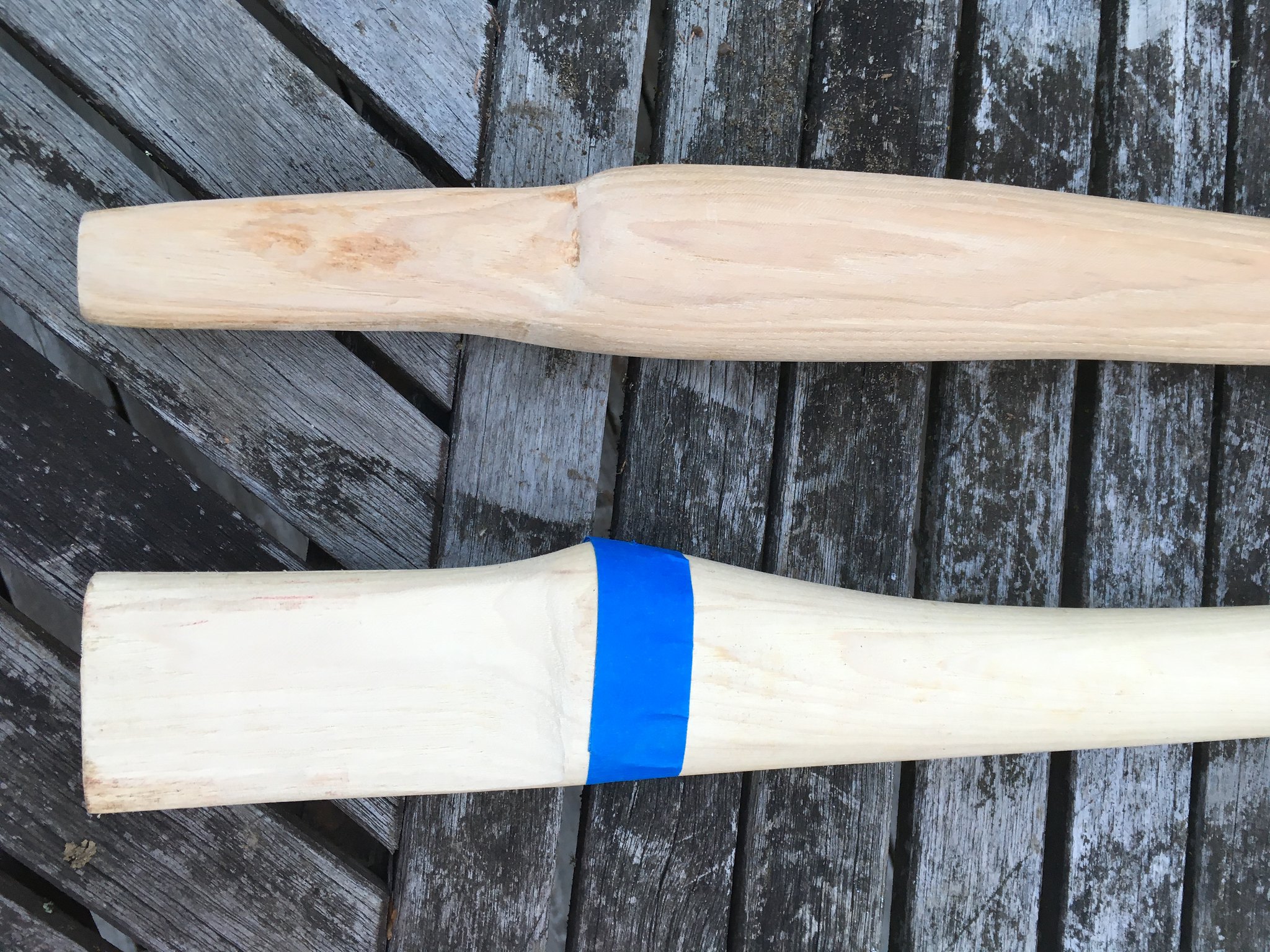Nice thread and greetings from Finland!
The axe in the video "Finnish man makes an axe handle(1936)" is definetly made by Kellokoski. I know it since there is the model number and the crown right next to it and under them is the Kellokoski stamp.
Also when comparing products by Kellokoski Strömfors and Billnäs you shouldnt look at the Product number but ratherly the model name such as Kemin Turun Hämeenlinnan or Tampereen because if you didnt know those are all names of villages or towns where the original axes where made by the local smith or smiths. As an example the reason that Kemin malli is called Kemin malli is because Billnäs got that axe model from local village smiths from the Kemi region and the same goes with all the other axes.
Im sorry if my English isnt perfect! Its nice to see that there is interest in Finnish axes outside Finland too!
The axe in the video "Finnish man makes an axe handle(1936)" is definetly made by Kellokoski. I know it since there is the model number and the crown right next to it and under them is the Kellokoski stamp.
Also when comparing products by Kellokoski Strömfors and Billnäs you shouldnt look at the Product number but ratherly the model name such as Kemin Turun Hämeenlinnan or Tampereen because if you didnt know those are all names of villages or towns where the original axes where made by the local smith or smiths. As an example the reason that Kemin malli is called Kemin malli is because Billnäs got that axe model from local village smiths from the Kemi region and the same goes with all the other axes.
Im sorry if my English isnt perfect! Its nice to see that there is interest in Finnish axes outside Finland too!


